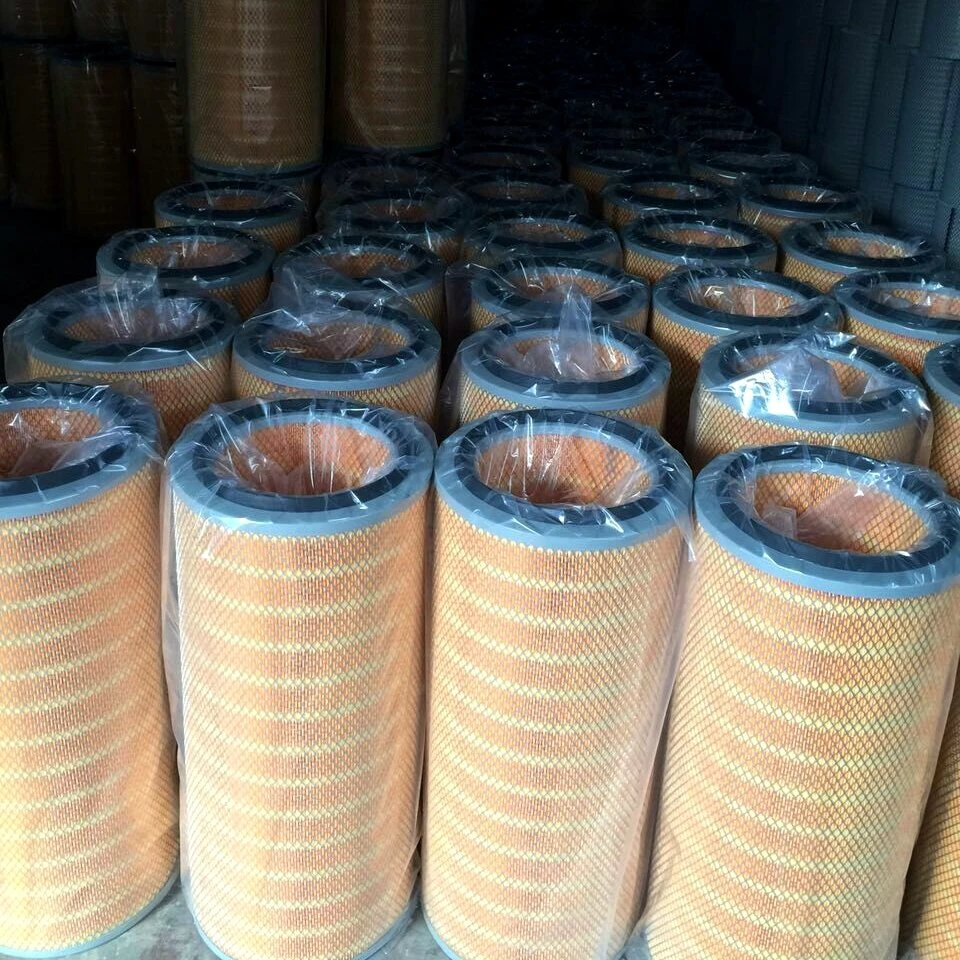 Tel:
+8615930870079
Tel:
+8615930870079
ต.ค. . 20, 2024 00:29 Back to list
antistatic filter element
Understanding Antistatic Filter Elements Importance and Applications
Antistatic filter elements are critical components in various industrial and technological applications where the buildup of static electricity can be detrimental. These elements are designed to mitigate the risks associated with electrostatic discharge (ESD), ensuring that equipment functions smoothly and safely in environments that are sensitive to such phenomena. This article delves into the significance, design, and applications of antistatic filter elements.
The Significance of Antistatic Technology
Static electricity is often an invisible yet hazardous issue in numerous manufacturing and processing environments. The accumulation of static charges can lead to unexpected electrical discharges, which may damage sensitive electronic components, cause explosions in volatile environments, or lead to equipment failure. This is particularly relevant in industries such as electronics manufacturing, pharmaceuticals, and chemical processing, where even a minor discharge can result in costly damage or safety hazards.
Antistatic filter elements help to address these risks by preventing the buildup of static charges within filtration systems. They are specially designed to dissipate static electricity safely, offering a reliable solution for maintaining safe operational conditions. By integrating these elements into air and liquid filtration systems, companies can protect sensitive devices, ensure compliance with industry standards, and enhance workplace safety.
Design Features of Antistatic Filter Elements
Antistatic filter elements come with specific design features that set them apart from regular filters. Typically, these filters incorporate conductive materials or surface treatments that enable them to conduct static charges away from the system. This can be accomplished by embedding conductive fibers into the filter media or applying conductive coatings.
Key design features include
1. Material Composition Antistatic filter elements are made from materials that possess inherent antistatic properties, such as specialized polymers or composite materials. These materials are resistant to the buildup of static electricity.
2. Filtration Efficiency Aside from electrostatic properties, these filters maintain high filtration efficiency to capture particulates, dust, and contaminants, thus ensuring clean airflow in various applications.
3. Durability In many applications, filter elements face exposure to chemicals, high temperatures, and particulate matter. Antistatic filters are engineered to withstand these harsh conditions, ensuring longevity and effectiveness.
antistatic filter element

4. Customization Many manufacturers offer customization options based on the specific needs of an application, including sizes, shapes, and resistance levels tailored to particular environments.
Applications of Antistatic Filter Elements
The applications of antistatic filter elements are wide-ranging and critical across numerous industries
1. Electronics Manufacturing In environments where sensitive electronic components are produced, the risk of ESD can compromise product integrity. Antistatic filters are essential in maintaining cleanrooms and production areas.
2. Pharmaceutical Industry These filters contribute to safe environments for drug manufacturing, where both contamination and electrostatic discharge can affect product quality and safety.
3. Chemical Processing In facilities handling flammable chemicals or powders, static discharge can pose explosive risks. Antistatic filters help mitigate these risks by controlling electrostatic buildup.
4. Automotive Manufacturing As electric and hybrid vehicles gain popularity, the risk of ESD affects many components. Antistatic filters are used to ensure that manufacturing processes remain safe and efficient.
5. Aerospace In the high-stakes aerospace industry, the reliability of components is paramount. Antistatic filters protect sensitive equipment and ensure safe operations in challenging environments.
Conclusion
In conclusion, antistatic filter elements play a crucial role in ensuring safety and efficiency across various industries. By preventing the accumulation of static electricity, these filters protect sensitive electronics, maintain clean production environments, and comply with stringent regulatory standards. As industries continue to evolve, the demand for effective and reliable filtration solutions that incorporate antistatic technology will only increase, cementing the importance of these components in modern applications. Integrating antistatic filter elements into existing systems not only enhances safety but also supports overall operational efficiency, making them an indispensable asset in today's technologically advanced landscape.
-
Types and Applications of Air Filtration CartridgesNewsJul.28,2025
-
The Role of Gas Turbine FiltersNewsJul.28,2025
-
Mastering Air Filter Cartridge UseNewsJul.28,2025
-
Advanced Turbine Filters for Modern Gas TurbinesNewsJul.28,2025
-
Cellulose Air Filter Cartridge Advantages in Dust FiltrationNewsJul.28,2025
-
Cellulose Filters for Air Particle ReductionNewsJul.28,2025

 Email:
Email:





